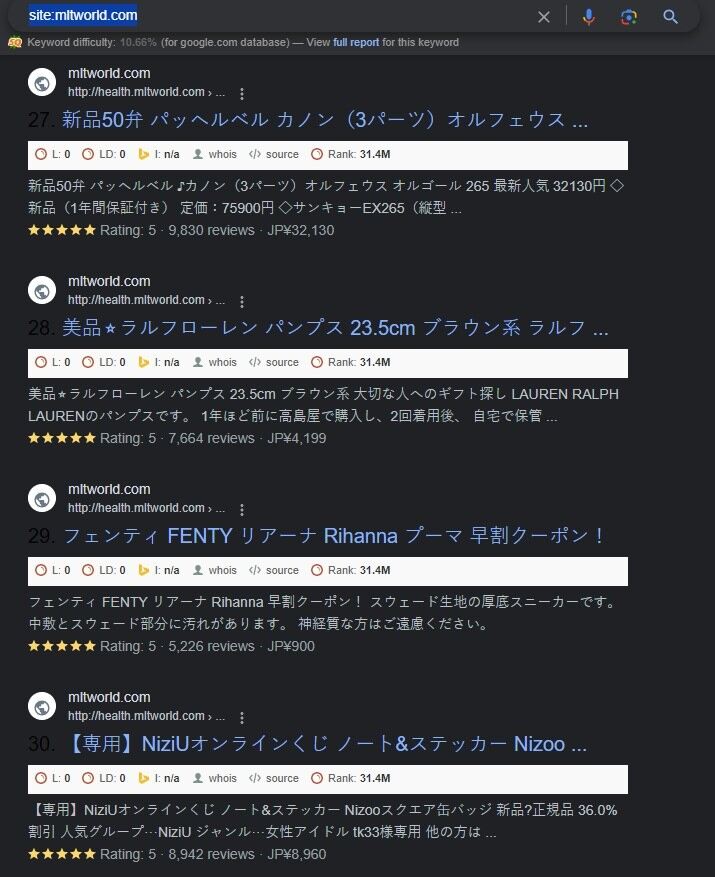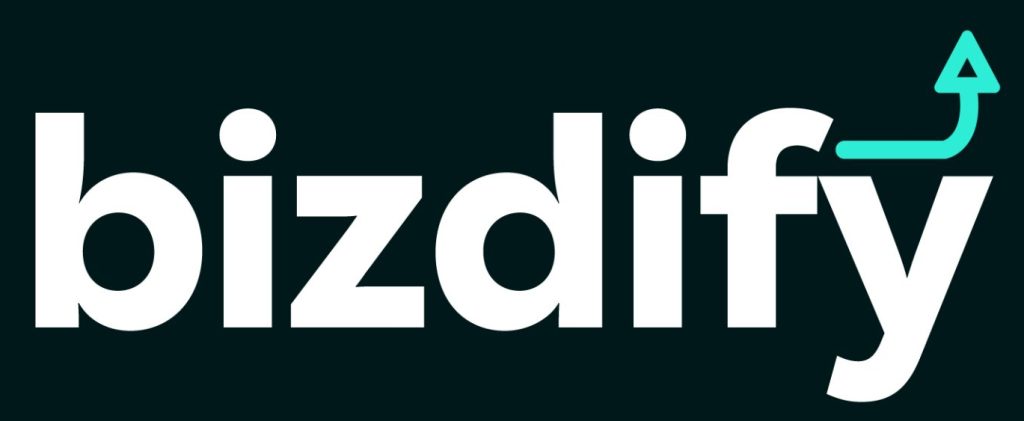Website developers and SEOs work together to achieve high rankings in Google search results by making the website URL structure clean and the loading speed fast. However, spam links on the website can affect the loading speed, and outdated content can result in a Google penalty and a decline in the SERP ranks. The primary purpose of this article is to understand why this may happen and provide information on how to remove links from page one of Google in case they get indexed.
Why do spam links on the website occur?
Spam links on a website can occur for various reasons. One common reason is when the website falls victim to malicious activities such as hacking or phishing attempts. Hackers may inject spam links into the website without the knowledge of the website owner, which can negatively impact its loading speed and overall user experience. Additionally, some websites may unknowingly engage in black-hat SEO techniques, such as buying backlinks or participating in link schemes, which can also lead to the presence of spam links on the site.
Why its important to address Spam Links?
Spam links on a website can have severe consequences for its Core Web Vitals. In case the website is affected by a malware, these spam links tend to multiply, causing a burden on the hosting resources leading to a slow-loading and poor user experience. Frustrated users may abandon the page resulting in increased bounce rate. Therefore, it is necessary to remove irrelevant links and spam pages from the website to boost traffic and visibility on Google. Lets have a look at the methods for the cleanup operation.
1) 301 Redirects
As part of the website optimisation, the webmaster and the lead SEO need to update the content of the website and affected pages. In most cases, the affected URLs need to be redirected using the 301 Permanent Redirect to the homepage in order to remove their negative impact on the ranking. Otherwise, these pages will show a broken link (404).
2) Use the Removals Tool in the Google Search Console.
The removal tool in Google Search Console can only hide the links temporarily. It is helpful for only managing search results from one’s website. SEOs can use this tool to update outdated content pages on the website or remove spam links that got indexed by Google. Usually, a temporary request to remove the links from the page ends in 6 months, which is enough time to update the website content or to redirect the URLs.

3) Use the no-index meta tag on your website.
By adding the no-index tag to spam links or outdated content, SEOs can restrain Google from indexing these pages. For use of the no-index tag method, the webmaster adds a meta tag to the head section of HTML. By doing this, the search engines can read the information, and the page is not indexed. You can do the same using the robots.txt file, which controls the bot crawling of the website.

4) Request the source website to remove or update the content.
In case the spam link or outdated content on a website is not owned by you, contacting the source website, such as the website’s owner or back-supporting company, can also help effectively remove links from page one of Google. You can do so by getting hold of the contact number of the website owner or the email address of the webmaster. After that, simply make a humble request to have that link or page removed or updated with a new one. In case you are still looking for the contact information, the Google Whois tool can help you get the information.
How Bizdify Can Help You Remove links from page one of Google
Bizdify can help you remove spam links or outdated content from Google search results that may negatively impact your online reputation. We specialise in removing links and updating outdated content to improve your business reputation and search engine ranking. Our team uses cutting-edge technology to maintain and enhance your online presence. With our Custom AI Interface, VESP, EgoJam MAX, and other reputation-focused services, you can supercharge your online presence and take your business to the next level.
Final Words
It is essential to regularly monitor and update website content to ensure it remains relevant and free from spam. By taking proactive measures to remove unwanted links, website owners can protect their online reputation and drive more organic traffic to their sites.




